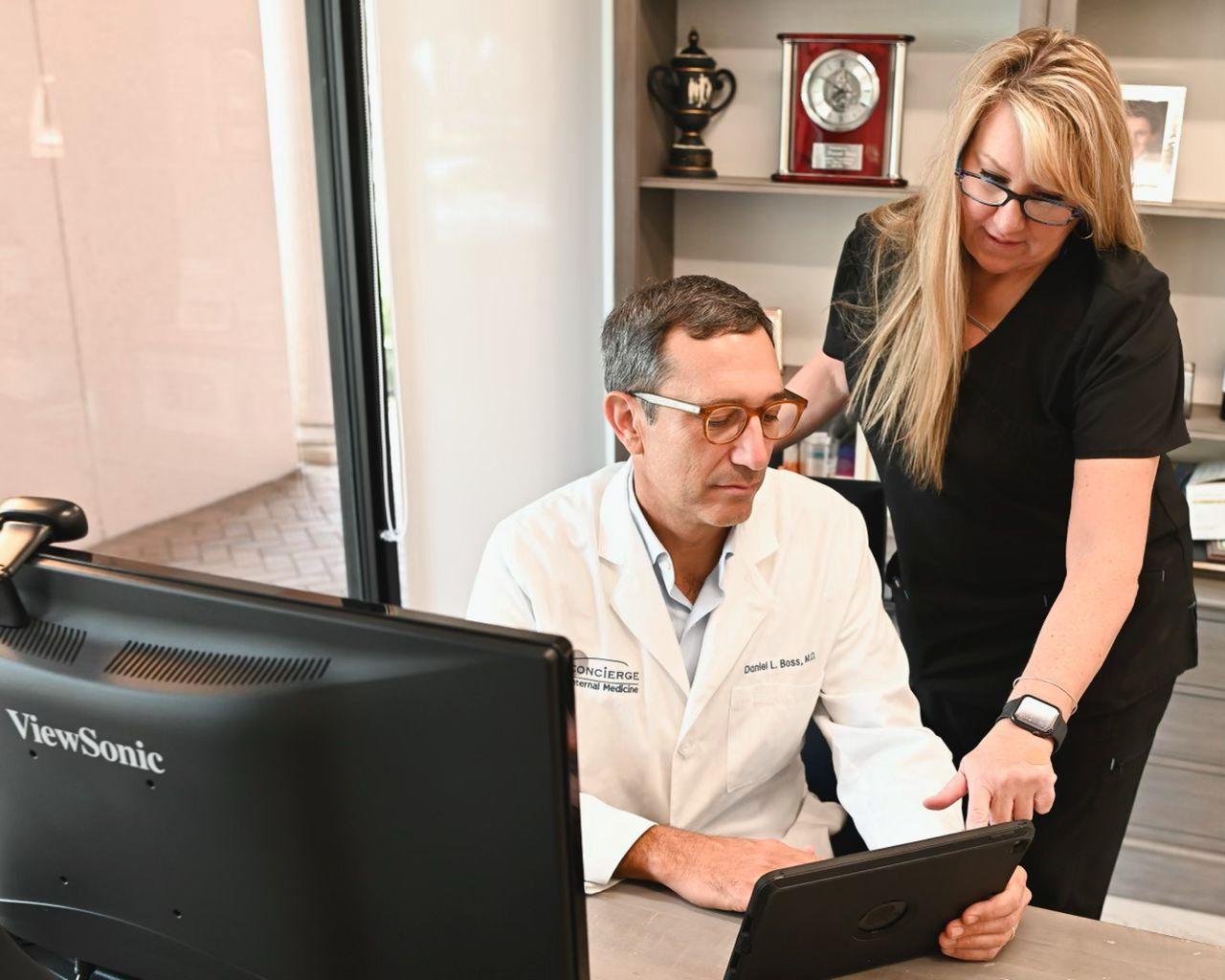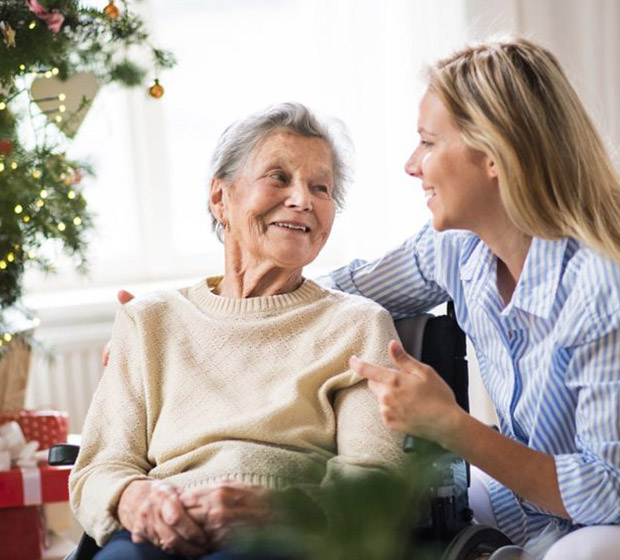Often times patients, especially family members inquire about alternative living arrangements when planning a health care setback occurs. From home automation devices such as Alexa, Ring, Iphone Watches or Nest…brands like these become safety tools to aging in place at home.
Helpful Considerations
Below are a list of aspects you should consider before considering relocation into a senior living community.
Are there stairs in the home? Is the current living conditions taxing for the elderly to function safely in their home?
Are funds or long term care insurance available for additional supportive care services? Quite often family members are unaware that a long term care policy had been purchased to offer additional care support should health decline.
Cognitive State of Mind – Be sure to inquire with Concierge Internal Medicine whether or not a cognitive evaluation may be beneficial.
Tips for Aging in Place
For people who have lived independent lives for numerous decades it is understandable for them to want to “age in place”. Aging in place refers to continuing to live at home as a person ages instead of moving to a devoted elderly care center or similar place. Aging in place is viable, but it is important to understand that there must be adjustments made to lifestyle and the home itself in order to make it work as you become more physically limited. Taking the proper precautions goes a long way into ensuring the success of choosing to age in place, and fortunately we at Jupiter Internal Medical Associates have a few tips for you to take that can help make aging in place easier.
Tip #1: Install grab bars and mats to your shower
This is a must have feature of any age in place household, as it can be the difference between a catastrophe and a relaxing shower. Having a grab bar is a simple modification that provides safety and even convenience as it becomes harder to stand on slick surfaces in a shower. Similarly, a shower mat can also help prevent an accident in the shower and make it considerably easier on a person to complete their shower routine.
Tip #2 Install easy to use handles and fixtures on appliances
As a person ages it can become more and more difficult for them to grip surfaces of appliances or fixtures in the house that weren’t specifically designed for people with lower gripping strength. Installing these specifically made handles on faucets as well as other things in the house can make sure everything around you remains accessible and easy to use.
Tip #3 Place lights at key points within the house
Certain areas in the house such as stairs can start to become more treacherous to traverse as you age. That’s why making sure you have light switches in the appropriate places is important to prevent any unwanted accidents while attempting to go to bed or head upstairs.
Tip #4 Install a ramp
If your house fits the criteria it is important to install a ramp leading up to any used entrances or exits. As you age it may become difficult or impossible to climb up your houses steps or entry ways, so having a ramp for accessibility ensures that you’re able to continue aging in place happily and effectively without the need of outside aid from somebody to enter and exit your home.




